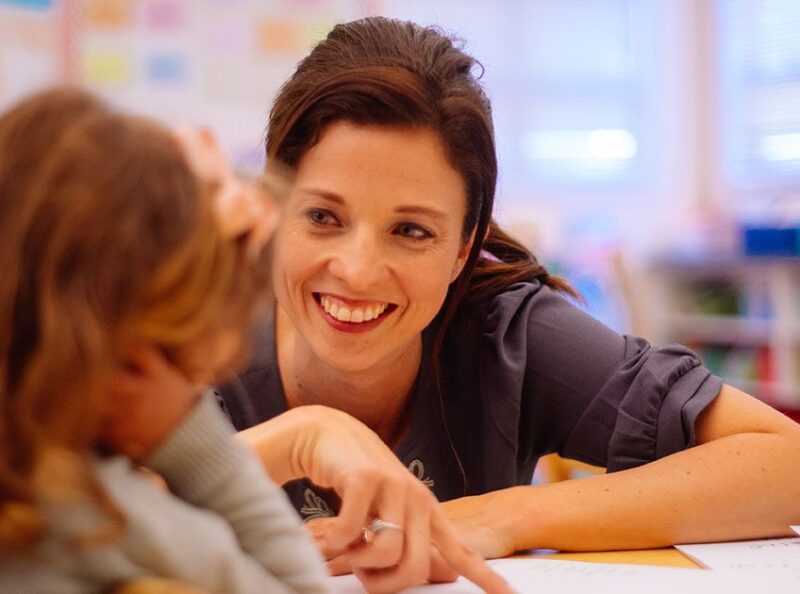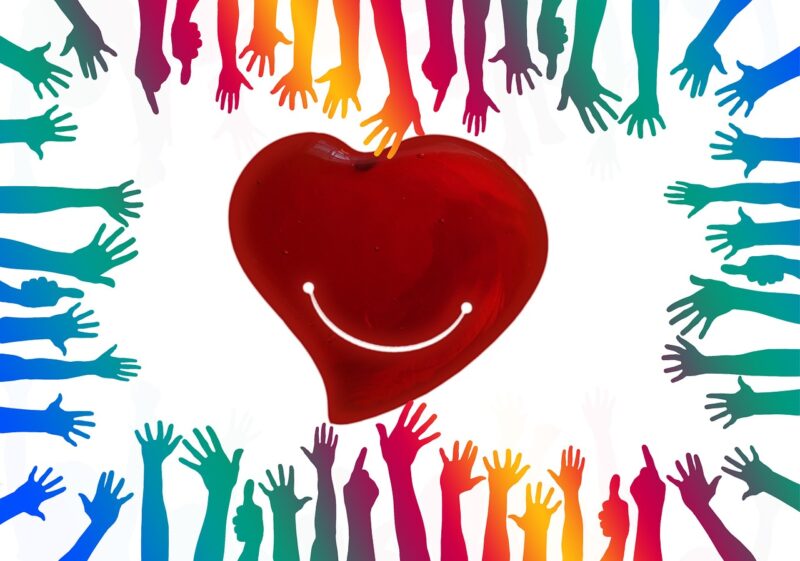
What Parents Can Do to Help Kids Who Struggle with Reading
One in five people have dyslexia, and it affects people who use both languages based on alphabets (such as English) or logographics (such as Mandarin, Korean, etc.), making it a worldwide issue. Despite its prevalence, though, dyslexia is often misunderstood Read more >>







